Lake Erie: June 01, 2010
Life On The South Coast: The Down-Side
Or
Why We Love Swallows!
Hawk Cliff: 12:15 PM. Come late May and for several weeks afterward, the Mayflies appear. Shaped like mosquitoes but 3 - 4 times the size (and mercifully, non-biting -though it's no picnic to get one up your nose), wave after wave hatch, live their brief, frenzied lives and then are gone. Locally, we call them fishflies (when referring to them in more genteel company). The swallows go mad for them, with babies to raise and grow strong before the long flight south.
From Wikipedia: http://en.wikipedia.org/wiki/Mayflies
"Mayflies are insects which belong to the Order Ephemeroptera (from the Greek ephemeros = "short-lived", pteron = "wing", referring to the short life span of adults). They have been placed into an ancient group of insects termed the Palaeoptera, which also contains dragonflies and damselflies. They are aquatic insects whose immature stage (called naiad or, colloquially, nymph) usually lasts one year in freshwater. The adults are short-lived, from a few minutes to a few days depending on the species. About 2,500 species are known worldwide, including about 630 species in North America. Common names for mayflies include "dayfly", "shadfly", "Green Bay Flies", "lake fly", "fishfly,"[2] "midgee", "June bug", "Canadian Soldier" and "Jinx Fly". The mayfly belongs to group 1 taxa, or pollution–sensitive animals. This means if mayflies are in or around the water, the water should be of a good quality."
Hawk Cliff: 12:15 PM. There is just no way to describe the sound.
Hawk Cliff: 12:15 PM. The black flecks clinging to the cliff face just outside the swallow nest-holes are fishflies; talk about pushing your luck!
Hawk Cliff: 12:15 PM.
Barnum's Gully Line: 12:30 PM. What looks like spirals of smoke rising from the cliff's edge, are really clouds of fishflies.
Jamestown Bridge: 1:00 PM. Catfish Creek, swollen by rain and silt, makes its way to the Lake.









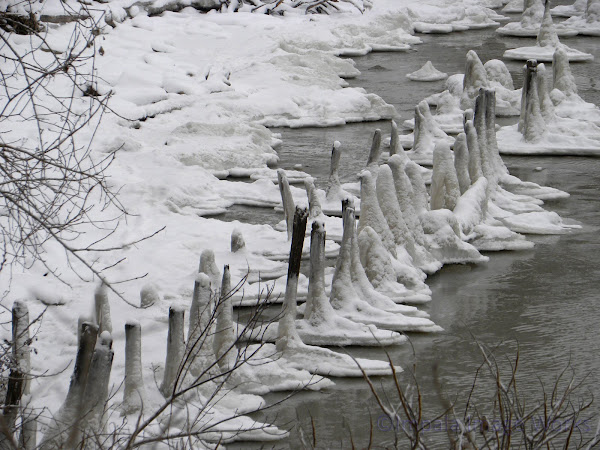
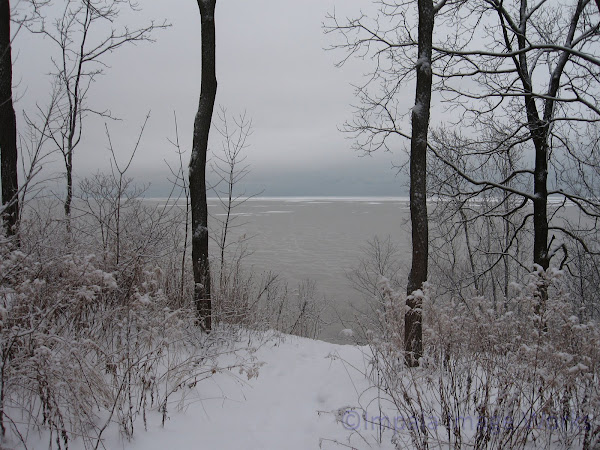


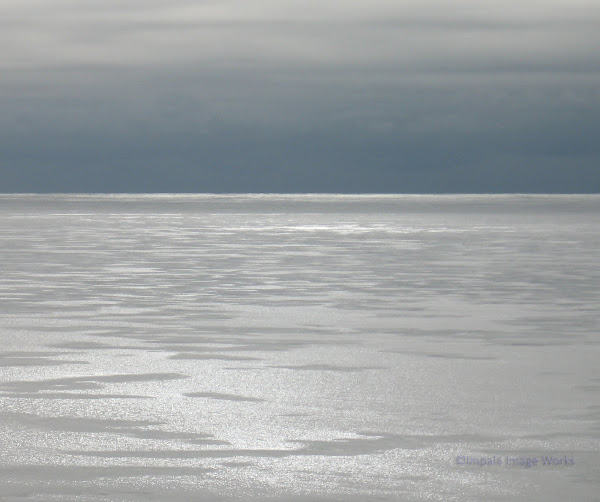
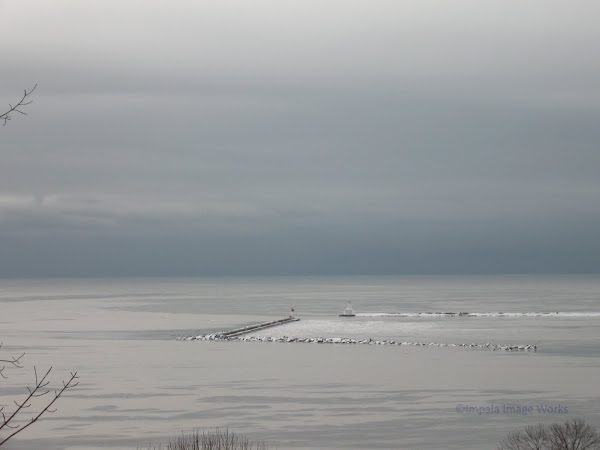


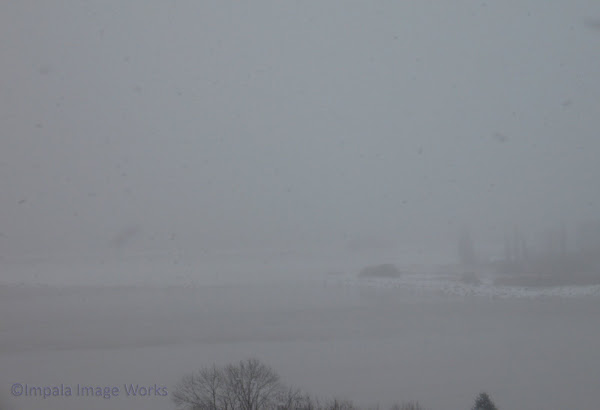
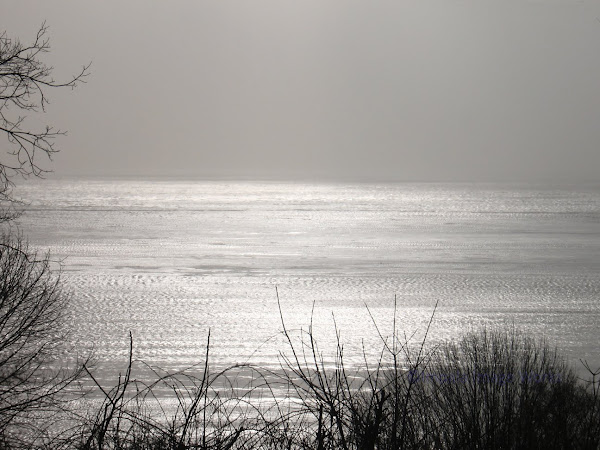

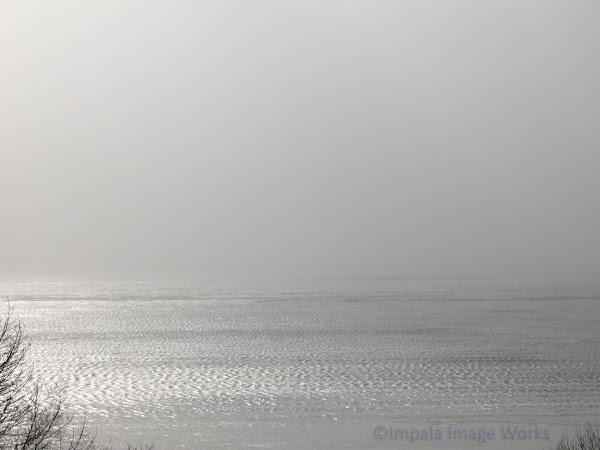
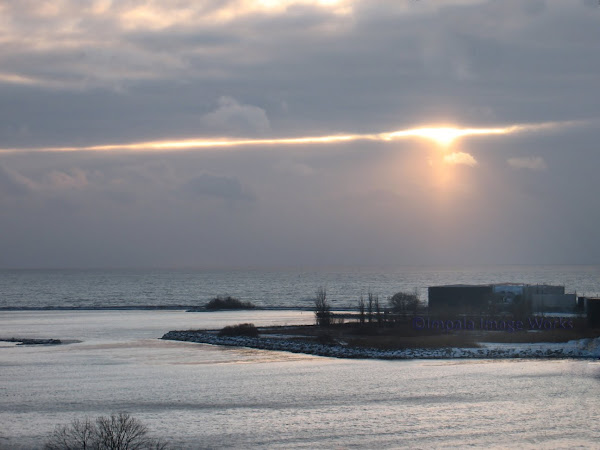

No comments:
Post a Comment